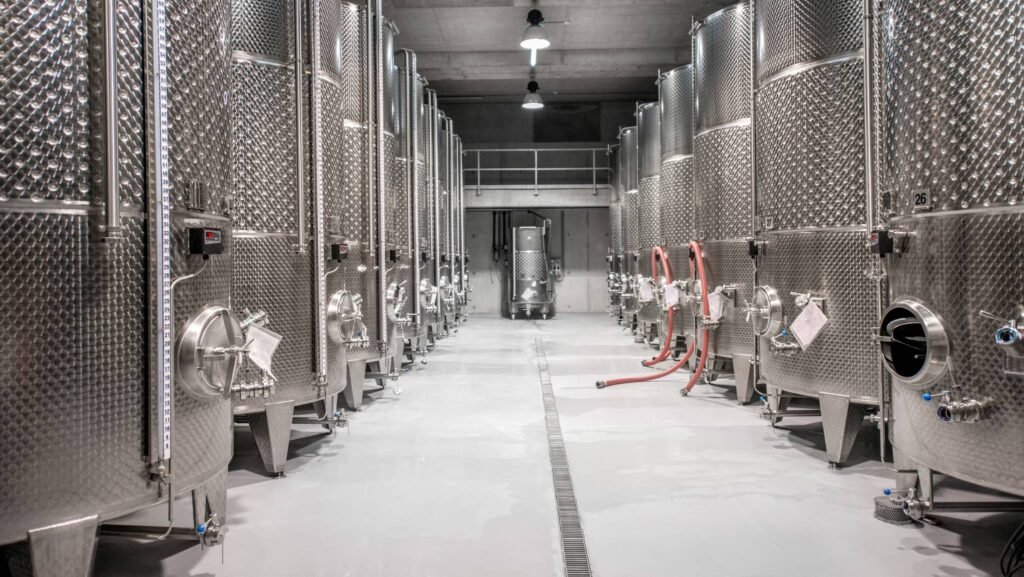In the rapidly expanding world of 3D printing, PLA (Polylactic Acid) has emerged as a sustainable and versatile filament option, capturing the imagination of makers, engineers, and eco-conscious users alike. Derived from renewable resources, primarily cornstarch, PLA represents a greener alternative to traditional plastics. Let’s unravel the intricate process of how PLA filament is made, from the farm to the 3D printer.
Raw Material – Cornstarch

The journey begins with the cultivation of corn, a staple in many agricultural landscapes. Cornstarch, a carbohydrate extracted from corn kernels, serves as the primary raw material for PLA filament. The choice of corn as a feedstock aligns with PLA’s environmentally friendly profile, as it is a renewable resource that can be replenished through sustainable farming practices.
Fermentation and Lactic Acid Production

The first step in PLA production involves breaking down cornstarch into its component sugars through a process called fermentation. During this stage, enzymes are introduced to convert the sugars into lactic acid. Lactic acid is a key building block for PLA, and its production is a critical juncture in the manufacturing process.
Following lactic acid production, the next phase is polymerization, where lactic acid molecules are strung together to form long chains, creating poly-lactic acid or PLA. This polymerization process is typically achieved through either condensation polymerization or ring-opening polymerization techniques, resulting in the formation of PLA pellets.
Extrusion and Filament Formation

The PLA pellets are then subjected to extrusion, a process where they are heated and pushed through a die to form a continuous filament. The extrusion temperature is carefully controlled to ensure the PLA reaches the necessary molten state without compromising its molecular structure. The diameter of the extruded filament is precisely monitored and adjusted to meet industry standards.
As the newly formed PLA filament emerges from the extruder, it undergoes rapid cooling to solidify its structure. This cooling step is crucial to prevent warping and maintain dimensional accuracy. Proper solidification ensures that the PLA filament is ready for the next stages of processing and packaging.
Stringent quality control measures are implemented throughout the PLA filament manufacturing process. The filament undergoes rigorous testing for diameter consistency, tensile strength, and overall performance. Manufacturers adhere to strict standards to ensure that the PLA filament meets the expectations of 3D printing enthusiasts and professionals.
Biodegradability and Environmental Impact
One of PLA’s standout features is its biodegradability. Derived from renewable resources, PLA is compostable under the right conditions. This eco-friendly characteristic has positioned PLA as a responsible choice for those seeking sustainable 3D printing solutions.
The production of PLA filament is a captivating journey from the farm to the 3D printer. As the 3D printing community embraces sustainable practices, PLA has emerged as a frontrunner, offering a greener alternative without compromising on performance. From the cultivation of corn to the precision of filament extrusion, the story of PLA exemplifies how innovation and eco-conscious choices can converge to shape the future of additive manufacturing.




